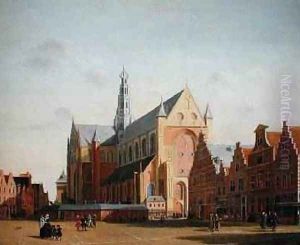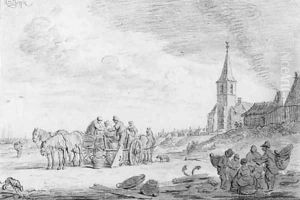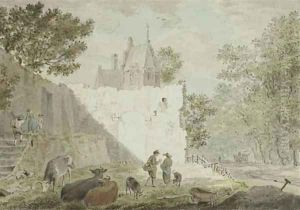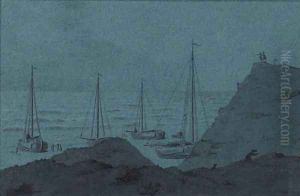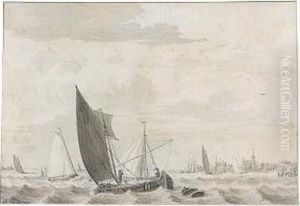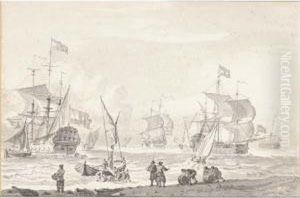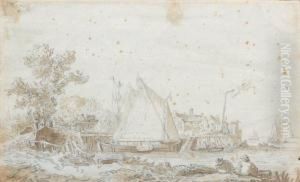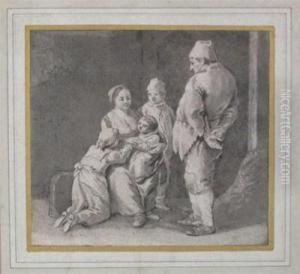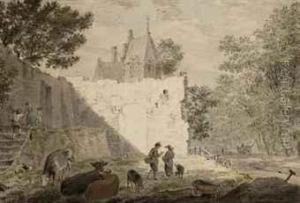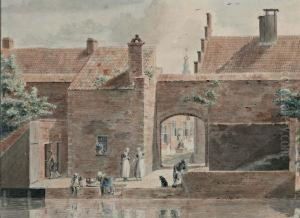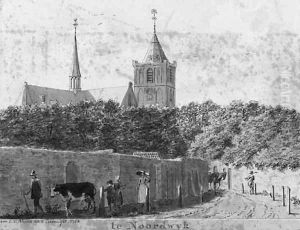Cornelius van Noorde Paintings
Cornelius van Noorde was a Dutch artist born in 1731 in the city of Haarlem, a city with a rich artistic heritage in the Netherlands. He was known primarily for his work as an engraver, draftsman, and painter. Van Noorde's artistic career unfolded during the 18th century, a period characterized by the Rococo style in Europe, although it was waning in favor of Neoclassicism by the latter part of the century.
Van Noorde received his early training in art in Haarlem, which was home to the Haarlem Guild of Saint Luke, an association of artists active since the medieval period. It is likely that he was exposed to the works of earlier Haarlem artists such as Frans Hals and was influenced by the city's artistic traditions.
Throughout his career, Cornelius van Noorde was particularly noted for his skill in etching and engraving. He created prints after his own designs as well as reproductions of works by other artists. His engravings covered a range of subjects, including landscapes, portraits, and genre scenes. He also produced several drawings, which demonstrate a keen eye for detail and an adeptness in capturing the textures and subtleties of his subjects.
Apart from his engravings and drawings, van Noorde also painted, although his paintings are less well-documented than his prints. His style in painting adhered to the conventions of the Dutch Golden Age, emphasizing realism and attention to detail, traits that were highly valued in the Dutch artistic tradition.
Cornelius van Noorde's contributions to Dutch art were appreciated during his lifetime, and he earned a modest reputation as an engraver and artist. However, compared to the luminaries of the Dutch Golden Age, van Noorde remains a lesser-known figure in art history. Despite this, his works are still of interest to scholars and collectors who specialize in Dutch art of the 18th century.
He continued to work and live in Haarlem until his death in 1795. Today, Cornelius van Noorde’s works can be found in various art collections and museums, offering a glimpse into the art and culture of the Netherlands during a transitional period in European art history.
